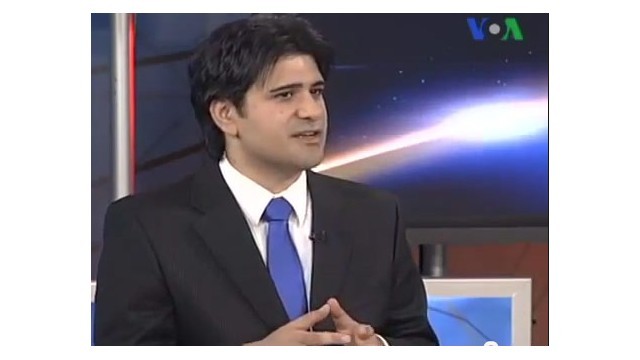The year a rogue regime went from bad to worse/النظام الإيراني المارق الذي تحول من سيء إلى أسوأ
Dr. Majid Rafizadeh/Arab News/December 25/2017
Supporters of the Iran regime argued that the 2017 re-election of Hassan Rouhani as president, the continuation of the Joint Comprehensive Plan of Action, known commonly as the Iran nuclear deal, the continuing relaxation of sanctions, and increased trade and political rapprochement with the Islamic Republic, would all make Tehran a more constructive and rational regional actor in 2017.
This argument centers on the notion that appeasement of Tehran would empower and embolden Iran’s “moderate” forces. However, concrete evidence and last year’s history of the regime reveals a different story. Let us divide Iran’s actions, behavior and policies in 2017 into three main categories — domestic, regional and international.
Inside Iran, reports from human rights organizations such as Amnesty International are alarming. The Iranian regime heavily suppressed and oppressed any opposition movements, women, human rights defenders and political activists. Ironically, the rule of the “moderates” in the presidential office had the effect of empowering the judiciary, the Basij paramilitary volunteers, the Ministry of Intelligence and the Islamic Revolutionary Guard Corps (IRGC), which together are mainly responsible for domestic oppression.
The Iranian authorities targeted religious minorities such as Christians and Sunnis, and ethnic minorities including the Kurds and Arabs of Khuzestan. The number of executions rose to a world record. Additionally, Iran is still the world’s leading executioner of children.
In the past 12 months Iran has expanded its influence through hard power and military adventurism, broken international law, oppressed its own people and inflated regional tensions.






















